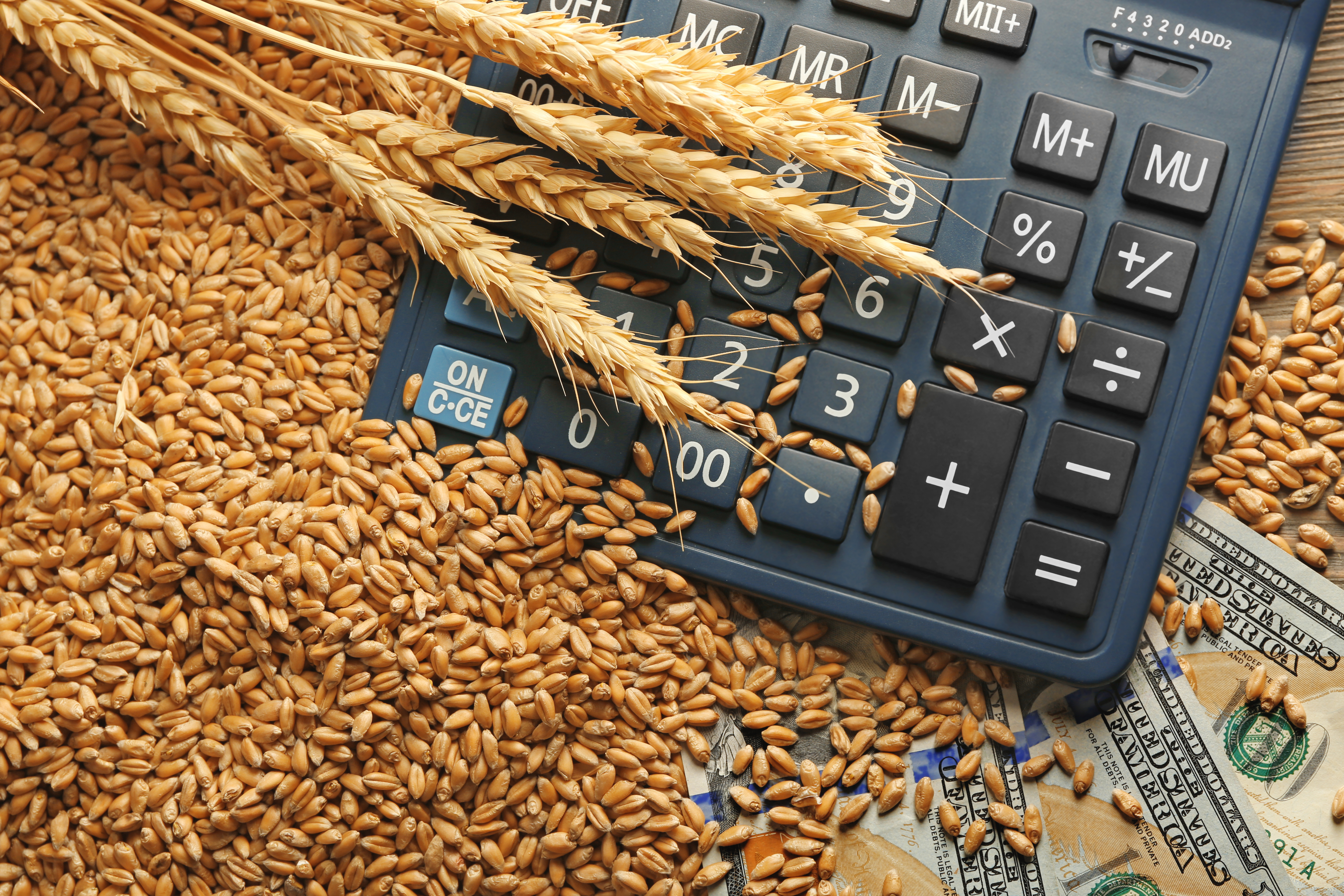Kentucky grain farms unraveling the 2022 financial landscape
Kentucky grain farms unraveling the 2022 financial landscape


The agricultural industry is no stranger to farm income fluctuations. Since 1962, the Kentucky Farm Business Management program has closely monitored grain farm income trends. Their recent analysis indicates notable shifts in net farm income and financial standing, with 2022 presenting both challenges and opportunities for farmers.
In 2021, Kentucky grain farms experienced a record-high net farm income, or NFI, the value of crops produced yearly minus total operating expenses and deprecation for those crops, regardless of when sold or paid. Despite a dip, 2022 was still one of the best years on record.
“The year 2021 stands out as a period of substantial increase in farm income,” said Jerry Pierce, Department of Agricultural Economics farm management specialist. “This growth can be attributed to excellent yields and favorable prices, offsetting higher costs compared to the previous year. However, 2022 brought its challenges, with lower yields resulting from drought conditions in certain regions and declining prices impacting profitability.”
KFBM 2022 data revealed the 199 grain farms providing data experienced, on average, a decline in NFI, averaging $532,234. This marks a significant drop compared to the previous year's record-high income. One of the primary reasons for this decline was the substantial increase in operating expenses.
“In just one year, the average total operating expenses surged from $1,676,458 in 2021 to $2,123,466 in 2022 – a $447,008 increase,” Pierce said. “Unfortunately, the rise in gross farm returns failed to keep pace, with an increase of only $130,767 over the same period. On a per-acre basis, total operating expenses surged from $706/acre to $862/acre, a $156/acre increase. Farm returns fell $12/acre for a total change of negative $168/acre.”
A significant factor influencing farm income fluctuations is prepaid expenses.
“For 2021, some farmers made prepayments for supplies, such as chemical fertilizers, at 2020 prices,” Pierce said. “However, they faced much higher prices when they made prepayments in 2021 for the following year. This price difference increased their expenses, affecting their overall profitability in 2021 and 2022.”
Despite the financial challenges faced by Kentucky grain farms, their liquidity remained commendably high in 2022. One commonly used metric to measure liquidity is the current ratio, calculated as total current assets divided by total current liabilities. A current ratio close to 2 is considered favorable. In 2022, the average current ratio was 2.49, slightly lower than the 2.53 reported in 2021, but still above the benchmark range.
Another crucial aspect of financial well-being is solvency, which determines a farmer's capacity to repay debts in the long run. The debt-to-asset ratio is a reliable indicator of solvency, with a goal of remaining below 0.3. This ratio remained consistently positive for the participating grain farms in KFBM, demonstrating high, stable land prices. In 2022, the debt-to-asset ratio was 0.27, barely differing from the 0.28 reported in 2021.
“Given all the uncertainties 2022 brought, the average grain farm participating in KFBM did well,” Pierce said. “The farms participating in the program can use this information to help them budget and communicate with their lender about their financial situation.”
To learn more about the KFBM, visit https://agecon.ca.uky.edu/KFBM-directory.
Crops Economics
